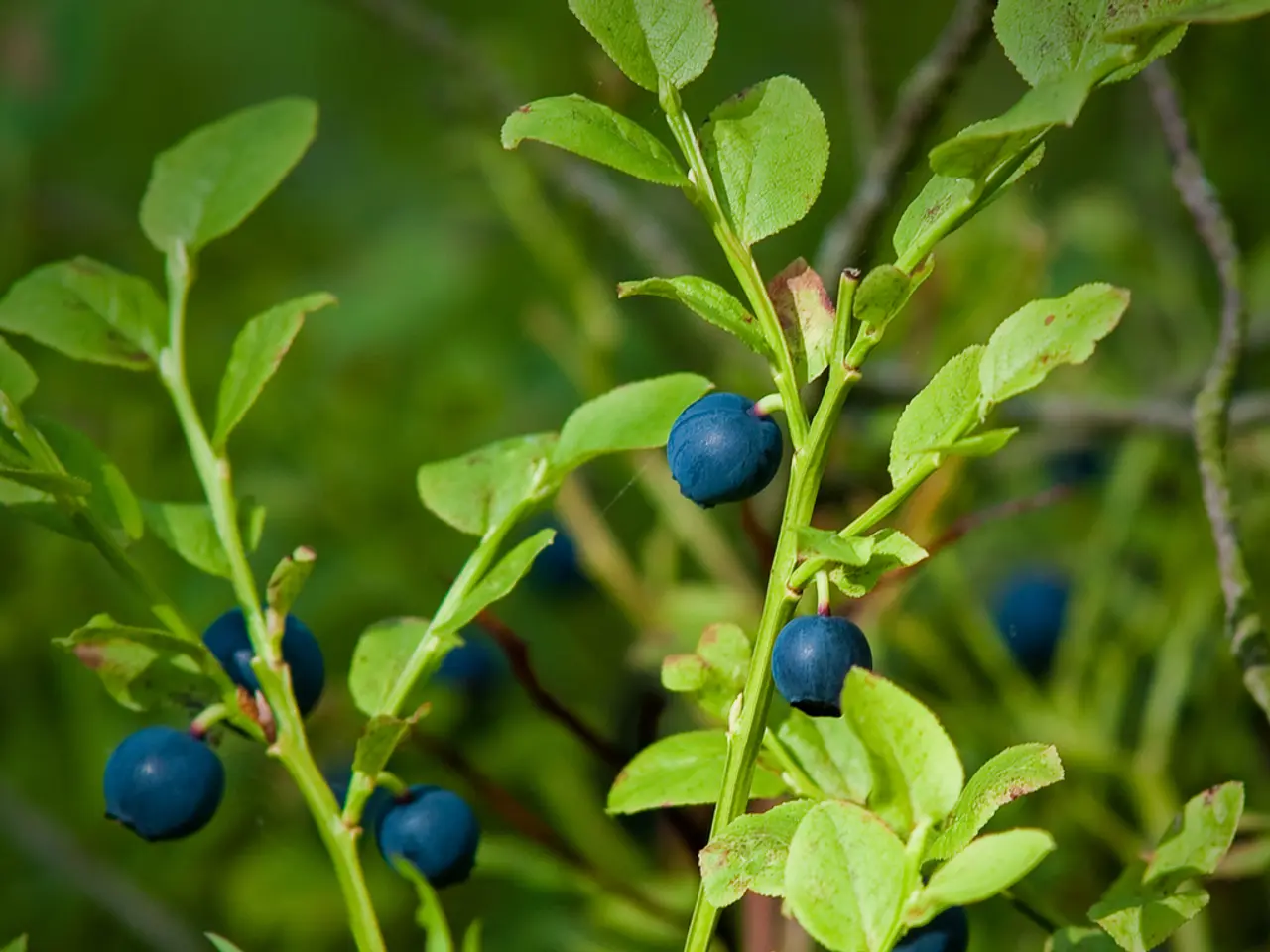Preserve Your Summer Crop: A Comprehensive Guide to Preserving Your Vegetables for Free
In the quest to preserve freshness and extend the shelf life of fruits and vegetables, freezing emerges as a handy solution. Here's a step-by-step guide to freezing produce for optimal taste, texture, and nutrition.
Start by selecting high-quality produce that is ripe and free of bruises or spoilage. Ripe plums, blackberries, and crisp zucchinis, for instance, are ideal candidates for freezing. For fruits, remove pits and cut into usable pieces. Vegetables, on the other hand, may require washing, peeling, slicing, or blanching.
Blanching is a crucial step for vegetables. To blanch most vegetables, immerse them in boiling water for a few minutes, then cool them in ice water. This process helps preserve colour, nutrients, and flavour. Zucchinis can be frozen raw, but must be salted before freezing to prevent them from becoming mushy.
Once prepared, follow the flash freezing method. Spread the pieces in a single layer on a tray and freeze solid before transferring them to airtight, freezer-safe packaging. Vacuum sealing can further extend quality by removing air.
To freeze berries, place them individually on a tray with space between them before packing into containers. This method helps keep them separate and prevents them from clumping together.
Avoid placing frozen foods on top of each other to prevent thawing. Instead, store them at or below -18°C (0°F) and label them clearly with dates for easy tracking.
To maintain the quality of frozen produce, it's essential to avoid air pockets. Air pockets should be avoided when freezing fruits and vegetables to prevent freezer burn. Likewise, place fresh items at the back and older ones at the front to avoid forgetting items at the back of the freezer.
The Federal Center for Nutrition (BZfE) and the magazine "Öko-Test" provide valuable tips for freezing produce. Key expert tips include rinsing and drying fruits thoroughly to reduce ice crystals forming, preparing fruits by peeling, pitting, or cutting so they are ready to use after thawing, and blanching vegetables before freezing to deactivate enzymes that cause loss of colour, flavour, and texture.
Following these steps ensures fruits and vegetables maintain optimal taste, texture, and nutrition during extended freezer storage. Store them within recommended times (often 2 months to 1 year depending on type) for best flavour and nutrients.
[1] BZfE (Federal Center for Nutrition) guidelines on freezing fruits and vegetables. [2] "Öko-Test" magazine tips for freezing produce. [3] University of Illinois Extension: Freezing Fruits and Vegetables. [4] National Center for Home Food Preservation: Freezing Fruits and Vegetables. [5] Cornell University: Freezing Fruits and Vegetables.
- Science plays a crucial role in extending the shelf life of fruits and vegetables, with freezing being a reliable method for preserving their freshness, taste, and nutrition.
- In the realm of health-and-wellness, freezing produce allows consumers to enjoy a wide variety of fruits and vegetables beyond their season, ensuring consistent access to nutritious food choices.
- Nutrition enthusiasts can take cooking to the next level by freezing their own produce, confident that they are maintaining the optimal taste, texture, and nutritional value before using them in their meals.
- The lifestyle choice of home-and-garden enthusiasts often includes growing fruits and vegetables, and freezing allows them to make the most of their harvest, savoring the taste of homegrown produce even in the off-season, and fully incorporating food-and-drink home preservation into their home-and-garden practices.




